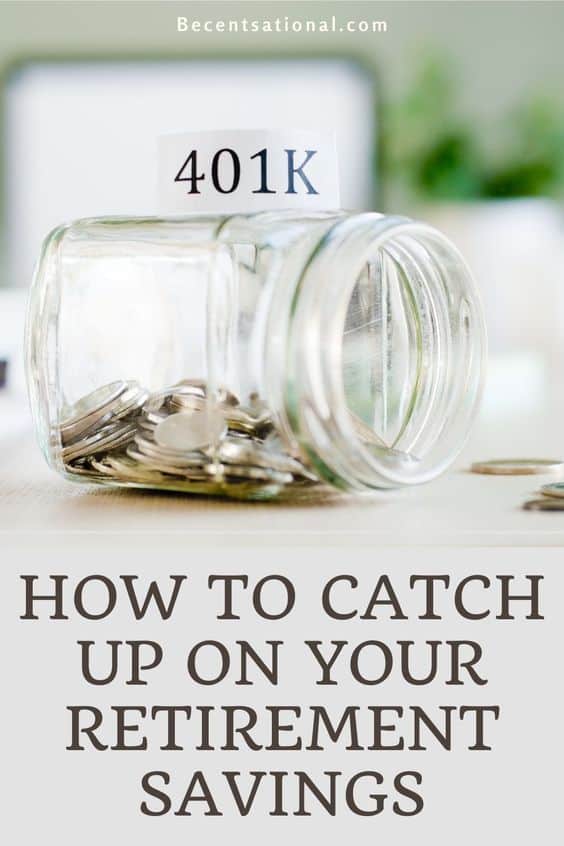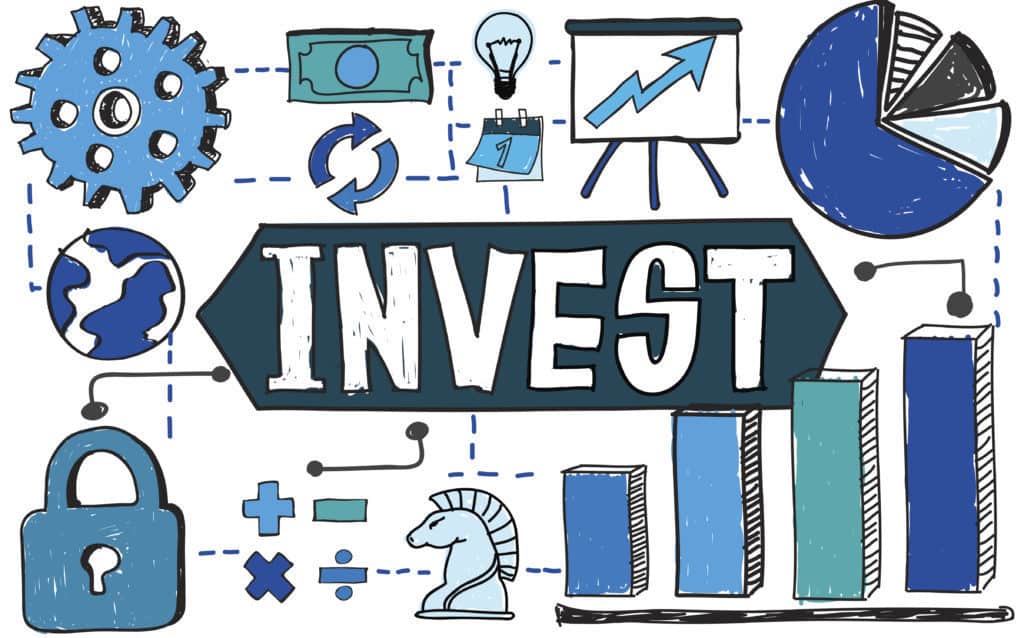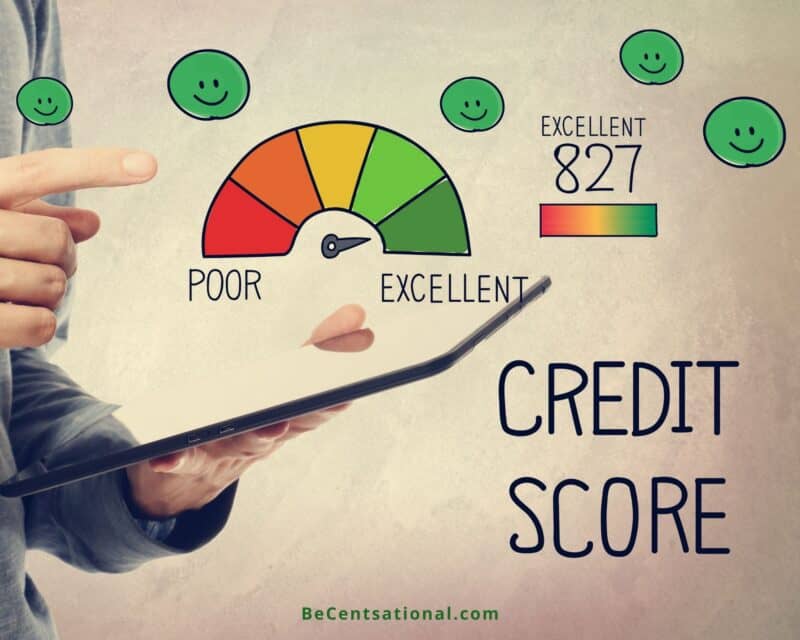A 401(k) is a qualified plan, an employer savings plan. Also known as a defined contribution plan. With this complete retirement guide to 401(k), you will learn the ins and outs of this savings account vehicle.
Private or for-profit institutions have a 401(k).
While, non-profit organizations such as hospitals, churches, and educational institutions have 403(b) and/or 457.
These are tax-deferred retirement savings accounts offered to you by your employer.
They are all one and the same.
It is ideal and in your best interest to start making contributions to these retirement accounts as soon as possible because of their compounding power.

How Does a 401(k) Work?
If your employer offers a retirement savings plan, all you need to do first and foremost is sign up by going to the Human Resources department and completing the forms.
At any rate, most companies allow employees to enroll in their 401(k) immediately.
While a few other companies have a waiting time, sometimes three to six months.
You choose how much you want to contribute.
The contributions are deducted from each paycheck. The deductions are taken out before taxes.
You can change the contribution amount anytime during the year.
And most importantly you are always in control of which investments you would like to allocate your contributions.
The contributions you make are immediately vested.
The employer match, however, is not necessarily vested right away.
Some companies have the employer match 100% vested from day one, while others have it on a schedule.
The vested percentage increases based on the number of years you work for the company.
Some 401(k) plans allow after-tax contributions.
This is money that is contributed to the plan after taxes have been taken out.
There is another flavor of 401(k) retirement plans.
It is called Roth 401(k).
They work the same as the 401(k) except contributions are made with after-tax money.
To sum up, don’t confuse after-tax contributions with Roth contributions.

How to Invest in a 401(k)
By making contributions to a 401k, your money will be invested in the stock market.
401(k) Investment Options
The plan administrator has pre-chosen a variety of investments.
- Stock mutual funds.
- Bond mutual funds.
- Variable annuities.
This is where you choose where and how you want your money invested.
A 401(k) has a limited selection of funds, compared to an IRA, where you have infinite funds to choose from.
In fact, you are in control of selecting your asset allocation.
But if you are not comfortable selecting your funds or simply just want to set it and forget it, you can select “Target Date Funds”.
Target Date Funds are types of funds that come already with pre-set asset allocations based on your projected retirement date.
Thus they are age-based and have an asset allocation based on age to risk ratio.
For example, Target Fund 2055, or Target Fund 2060.
Just like their names suggest, you choose the one closest to your retirement year.
They are a mix of stocks, bonds, and cash. The closer the retirement date, the less risk these funds carries.
The IRS Allowable Maximum Contribution Limit for 401(k) The Last Two Decades
| Year | Employee | Employer | Catch-Up | Total |
|---|---|---|---|---|
| 2020 | $19,000 | $37,500 | $6,500 | $57,000 |
| 2019 | $19,000 | $37,000 | $6,000 | $56,000 |
| 2018 | $18,500 | $36,500 | $6,000 | $55,000 |
| 2017 | $18,000 | $36,000 | $6,000 | $54,000 |
| 2016 | $18,000 | $35,000 | $6,000 | $53,000 |
| 2015 | $18,000 | $35,000 | $6,000 | $53,000 |
| 2014 | $17,500 | $34,500 | $5,500 | $52,000 |
| 2013 | $17,500 | $34,000 | $5,500 | $51,000 |
| 2012 | $17,000 | $33,000 | $5,500 | $50,000 |
| 2011 | $16,500 | $32,500 | $5,500 | $49,000 |
| 2010 | $16,500 | $32,500 | $5,500 | $49,000 |
| 2009 | $16,500 | $32,500 | $5,500 | $49,000 |
| 2008 | $15,500 | $30,500 | $5,000 | $46,000 |
| 2007 | $15,500 | $29,500 | $5,000 | $45,000 |
| 2006 | $15,000 | $29,000 | $5,000 | $44,000 |
| 2005 | $14,000 | $28,000 | $4,000 | $42,000 |
| 2004 | $13,000 | $28,000 | $3,000 | $41,000 |
| 2003 | $12,000 | $28,000 | $2,000 | $40,000 |
| 2002 | $11,000 | $29,000 | $1,000 | $40,000 |
| 2001 | $10,500 | $24,500 | $35,000 | |
| 2000 | $10,500 | $19,500 | $30,000 |
Advantages of Participating in Your Employer’s 401(k) Plan.
- Contributions are pre-tax.
- Reduces taxable income.
- Growth is sheltered from taxes.
- Employer matching contributions and or profit-sharing.
- Sheltered from creditors and bankruptcy.
- Portability.
- Loans and hardship withdrawals.
- Not included in assets when filling the FAFSA college applications.
Pre-Tax Contributions
The 401(k) is funded with “pretax’ money. In other words, your contributions are taken out of your paycheck before taxes are deducted.
This will allow you to lower your taxable income…hence paying fewer taxes.
In my humble opinion, I think is best to contribute at least up to the matching amount.
Because that way you pretty much double the amount you have contributed with FREE money.
Take it from me that made the mistake of not contributing for years and living to regret it.
Contributions to 401k Reduce’s Taxable Income
All your taxable income is reduced by the amount you contribute. Sometimes putting you at a lower tax bracket.
Contributing to your 401k plan is one of the things you should be doing to pay less taxes in 2020.
Let’s see how Mrs. Smith does when she makes contributions to her 401k vs not contributing.
| Mrs. Smith Contribution | Mrs. Smith NO Contribution | |
| Income | $50,000 | $50,000 |
| Tax Bracket | 22% | 22% |
| 401k Contribution | $11,000 | $0 |
| AGI | $39,000 | $50,000 |
| Federal Tax | $3,022 | $4342 |
| FICA | $2984 | $3825 |
| Taxes Owed | $6,006 | $8,167 |
401k Tax Sheltered Growth
The money grows tax-free.
Dividends and capital gains are reinvested and not taxed. This allows you to grow your money faster.
401k Employer’s Matching Contributions
There are some employers that don’t offer any matching.
While some employers offer a match.
Typically 50% or 100%. For every $1 you contribute in your 401(k), your employer will match an amount between $0-$1.
The matching amount is dependent on the company’s 401(k) matching policy and their generosity.
Below are some examples of company matchings
Wait …what is this matching you ask.
For companies with a match of 100%. You contribute $1, and your employer contributes $1 on your behalf, that simple.
Companies offering a 50% match. For every $1 you contribute, your company will contribute $0.50 on your behalf.
Companies have a cap on how much they will match to an employee’s 401(k).
This calculation is usually based on salary. They will match only up to a certain percentage of your salary.
The usual is 3% or 6% of the salary. Similarly, there are a few companies out there matching 12% or 15%.
These nevertheless are UNICORNS in the 401(k) world.
Matching varies from employer to employer.
But I would say that most employers will do some sort of matching.
Another thing to keep in mind, the amount of the company matching does not count towards your taxable income.
As a result, This is FREE money! for all purposes, including our dear Uncle Sam.
Allow me to show you a few examples
Let’s say for the purpose of this article that Mrs. Smith makes $50,000 a year.
In her case, the employer matches dollar for dollar (100% matching) up to 4% of Mrs. Smith’s salary. So let’s do the math.
$50,000 salary * 4% = $2,000.
consequently, the company will match a maximum of $2,000.
Therefore, for every $1 Mrs. Smith contributes, her company will contribute $1 up to $2,000.
Let’s see how some possible scenarios would play out based on Mrs. Smith Salary’s example above.
Look through all these scenarios below and see how much money you would leave behind if you don’t contribute at least up to the matching point.
Scenario-1
You contribute $0, therefore your employer will contribute $0. By not contributing and participating in the plan you are leaving $2,000 of FREE money on the table.
Scenario-2
You contribute $1,000, and your employer will contribute on your behalf another $1,000. You are still leaving $1,000 of FREE money behind.
Scenario-3
You contribute $2,000, and your employer will match your contribution of $2,000. Therefore, you, my friend, are taking full advantage of all the FREE money your company is offering. GREAT JOB!
Scenario-4
You contribute $3,000, and your employer will only contribute $2,000; Remember that based on our calculation above $2,000 is the maximum they will contribute based on the 4% of Mrs. Smith’s $50,000 salary.
Without a doubt, the worst you can do is not contributing a single penny to your 401(k) plan.
Especially if your employer offers any matching.
Similarly like in Scenario-1 and Scenario-2, you literally would be leaving FREE money behind.
That’s $2,000 and $1,000 respectively of the free money your employer has allocated for you, and you decided not to take it.
Profit-Sharing
It is a type of 401(k). An employer can choose to give their employee profit-sharing in the form of cash or company stocks.
401k Accounts are Sheltered From Creditors and Bankruptcy
Your 401(k) is protected from creditors and bankruptcy. Generally, they fall under the Employment Retirement Income Security Act of 1974 (ERISA) federal law.
401k Portability
Thank God 401(k)’s are portable.
If you ever leave your employment before retirement or you switch jobs, then you have a few options of what to do with your 401(k).
- Leave the money in your former company’s 401(k) plan. As long as you have a balance of no less than $5,000, you have the legal right to keep your 401(k) with your former employer. If they offer good investment options with low fees you can keep it there growing tax-deferred for as long as you want.
- Rollover to your new employer’s plan. Some employer’s plans don’t accept rollovers. For that reason check with your Human Resources department and find out if they accept rollovers. Also, some companies require the employee to work for a certain amount of time before they can enroll and participate in their plan.
- You can rollover to an Individual Retirement Account (IRA). If you already have an IRA, then you can initiate a rollover. On the other hand, if you don’t, it is easy to create an IRA. Most importantly this needs to be a direct rollover also called a “trustee to trustee transfer”.
- Cash the account. Just because you have the option of cashing out your 401(k) doesn’t mean you should do it. Unfortunately, it is not as simple as taking the money and running. If you are under the age of 59 1/2, as a result, you will be taxed at your current tax bracket. Also, you will be charged a 10% penalty.
401k Loans and Hardship Withdrawals
Since not all plans allow participants to borrow from the plan, you should check with the plan administrator first.
If your plan allows loans and hardship withdrawals, you, however, can take a loan from your 401(k) up to $50,000 or 50% of the vested account balance.
Keep in mind however that if you change jobs or lose your job, you have to pay the loan balance immediately.
Otherwise, the loan goes into default and you will be taxed at your current tax bracket for the balance of the loan then charged a 10% early withdrawal penalty.
Free Application for Federal Student Aid (FAFSA)
The balances of 401(k) accounts are not reported as an asset in the FAFSA application.
However, if you instead just put the money into a taxable brokerage account or regular savings money market account you would have to report it as an asset.
Therefore affecting the amount of financial aid your child might receive for college.
For that reason, a 401(k) is the ideal qualified retirement account vehicle to shelter savings.
Disadvantages of Participating in Your Employer’s 401(k) plan.
- Early withdrawal penalty. If you are under the age of 59 1/2 and withdraw money, consequently, you will be charged a penalty of 10% of the withdrawal amount.
- Vesting account. Some companies offer 100% vesting from the moment you enroll in the plan. What this means is that you own the total balance of the account from the beginning. However, some employer’s plans offer to vest over a period of a few years. Usually, 5 years to be 100% vested, increasing the vested percentage by 20% each year. Also, keep in mind that this applies to employers’ contributions (matching) only. Let’s say you have a balance of $100,000 (from your employer’s matching contributions to your account) and you have been with the company for 4 years. You are 80% vested (4 years * 20%). Therefore, your vested balance is $80,000 (80% * $100,000). That is how much you can take with you if you leave your employment before you are fully vested in 5 years.
- Limited investment options. Unlike IRA’s or brokerage accounts, 401(k) plans have very limited fund selection options. Also, some plans have very high fee funds.
When Can You Withdraw Money from Your 401k
The standard age when anybody can take a distribution from their 401k plan is 59 ½.
The distributions will be taxed at your current tax bracket. Keep in mind that if you are still working you will have a higher tax bracket.
Also, if your 401k is with your current employer you are not allowed to take distributions while still employed.
When you reach 70 ½ years of age, you will be required to take RMD’s (Required Minimum Distributions).
You can not keep the money in the account forever without taking any distributions.
The beginning date for your first required minimum distribution is April 1 of the year after you turn 70½.
The only account that allows you to NOT take RMD’s and keep your money growing indefinitely is the Roth IRA.

To summarize, the best practice would be to fund your 401(k) to the maximum. I know this is not possible for lots of us.
But most importantly, always aim to contribute as much as you possibly can.
And lastly, the earlier you start the more time your money has to grow and compound tax-free.
Are you already making contributions to your 401k? or are you in the fence about starting and participating in your companies 401k? please share your experiences here in the comments below.

























